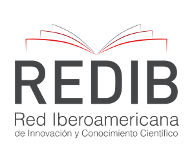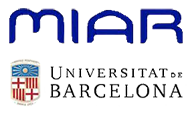Submissions
Submission Preparation Checklist
As part of the submission process, authors are required to check off their submission's compliance with all of the following items, and submissions may be returned to authors that do not adhere to these guidelines.- The contribution is original and is not being evaluated by another journal; otherwise, it must be justified in "Comments to the editor".
- Fields such as the name of the author(s), institutions, email address, and biography must be filled out in the system only. The text may not have any means of identification.
- The text follows the standards and requirements described in the "Author Guidelines", in the "Submissions" menu.
- After publication, the authors cede the copyright, which becomes the property of Revista de Direito.
Articles
Click here to access the "Author Guidelines".
Copyright Notice
The published work is the entirely the responsibility of the authors, and Revista de Direito is only responsible for its evaluation, as a medium for scientific publication.
After publication, the authors cede the copyright, which becomes the property of Revista de Direito.
Revista de Direito is not responsible for any violations of Law No. 9,610/1998, the Brazilian Copyright Law.
In the identification of plagiarism and self-plagiarism, the manuscript will be rejected.
Privacy Statement
The names and email addresses entered in this journal site will be used exclusively for the stated purposes of this journal and will not be made available for any other purpose or to any other party.














